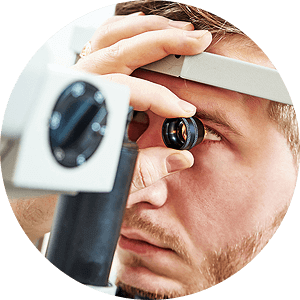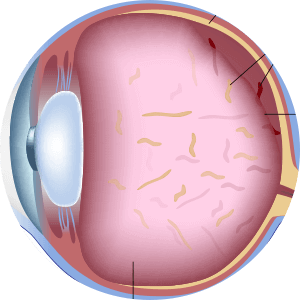Manhattan Uveitis Treatment
Uveitis is an inflammation of the eye. Uveitis affects the middle layer of the eye wall (uvea). The warning signs for uveitis often come on suddenly and get worse quickly. The symptoms of uveitis include redness, pain and blurred vision. This condition can affect both eyes, and primarily affect people aged 20 to 50, but can affect children.
Possible causes of uveitis are infection, injury, or an autoimmune or inflammatory disease. Sometimes, the cause is not apparent. Uveitis can be very serious, leading to permanent vision loss. Early diagnosis is key to the best treatment and best outcome.
If you are experiencing any of the symptoms listed below, you should contact your eye doctor immediately:
- Eye redness
- Pain in the eye
- Light sensitivity
- Blurry vision
- Dark, floating spots in vision (floaters)
- Decreased vision
The uvea is the middle layer of the eye wall. The uvea consists of the iris, the ciliary body, and the choroid. The uvea provides blood flow to the deep layers of the retina. The type of uveitis you have depends on which part of the eye is inflamed. Iritis is the most common form, inflammation of the front of the eye. Cyclitis affects the ciliary body, and choroiditis affects the back of the eye. Diffuse uveitis occurs when all layers of the uvea re inflamed.
If uveitis is left untreated, it can cause complications including:
- Glaucoma
- Cataracts
- Optic nerve damage
- Retinal detachment
- Permanent vision loss.
If you are experiencing symptoms of uveitis, give Angioletti Retina a call for an examination today. Remember, early diagnosis and treatment of uveitis are very important to prevent vision loss.



